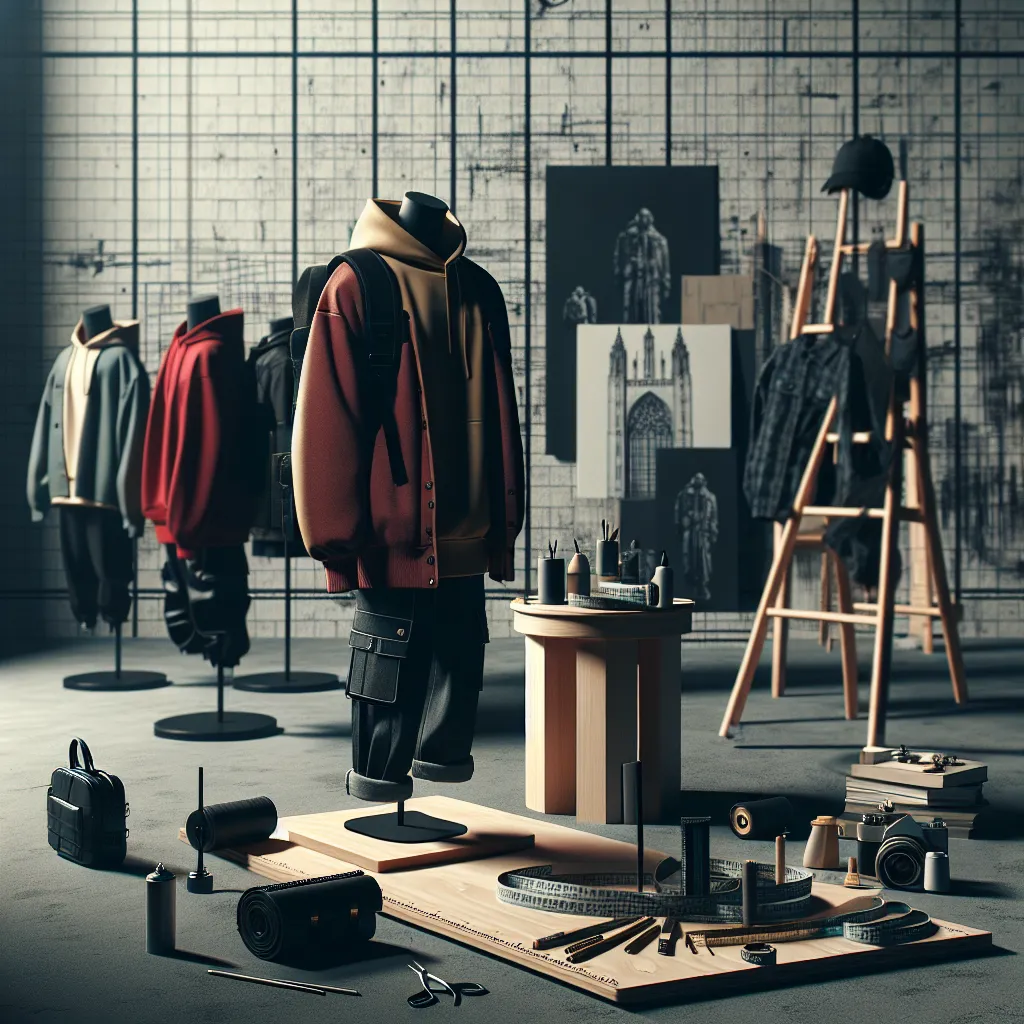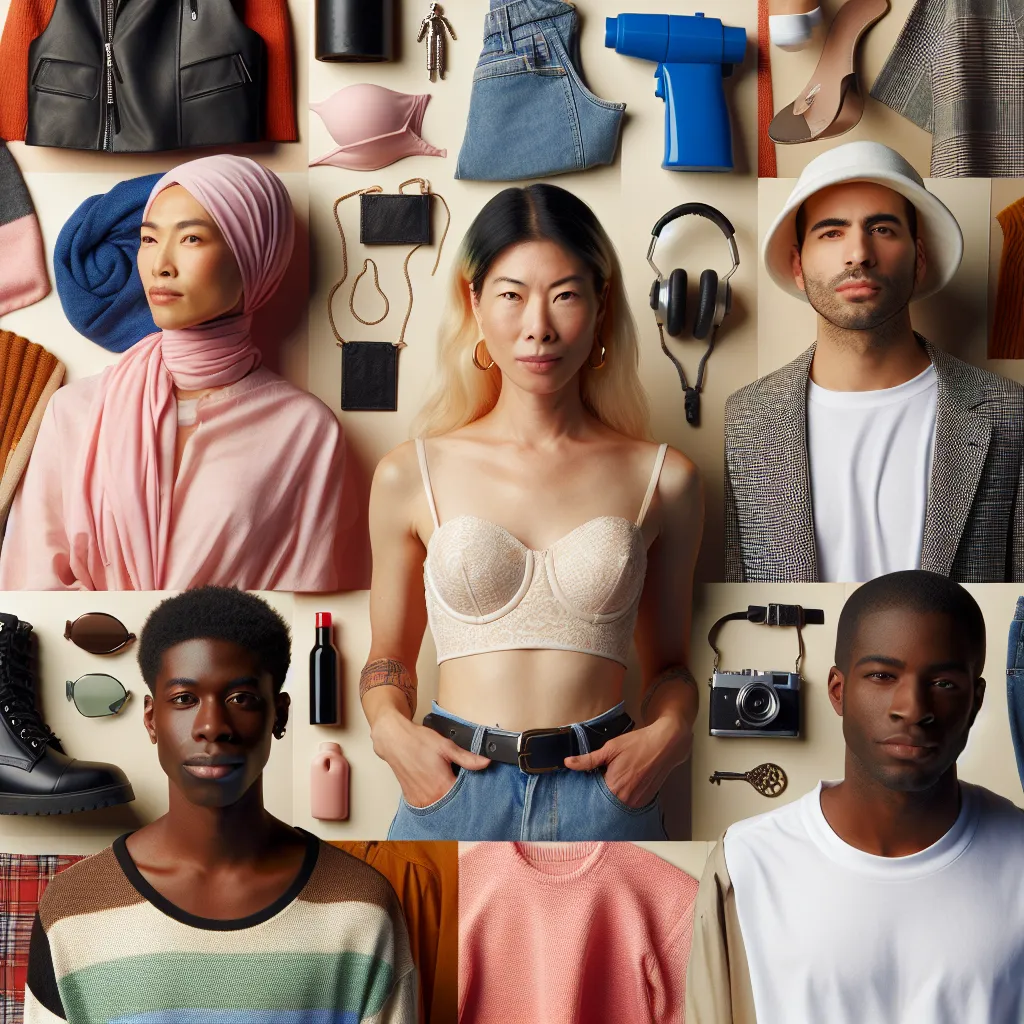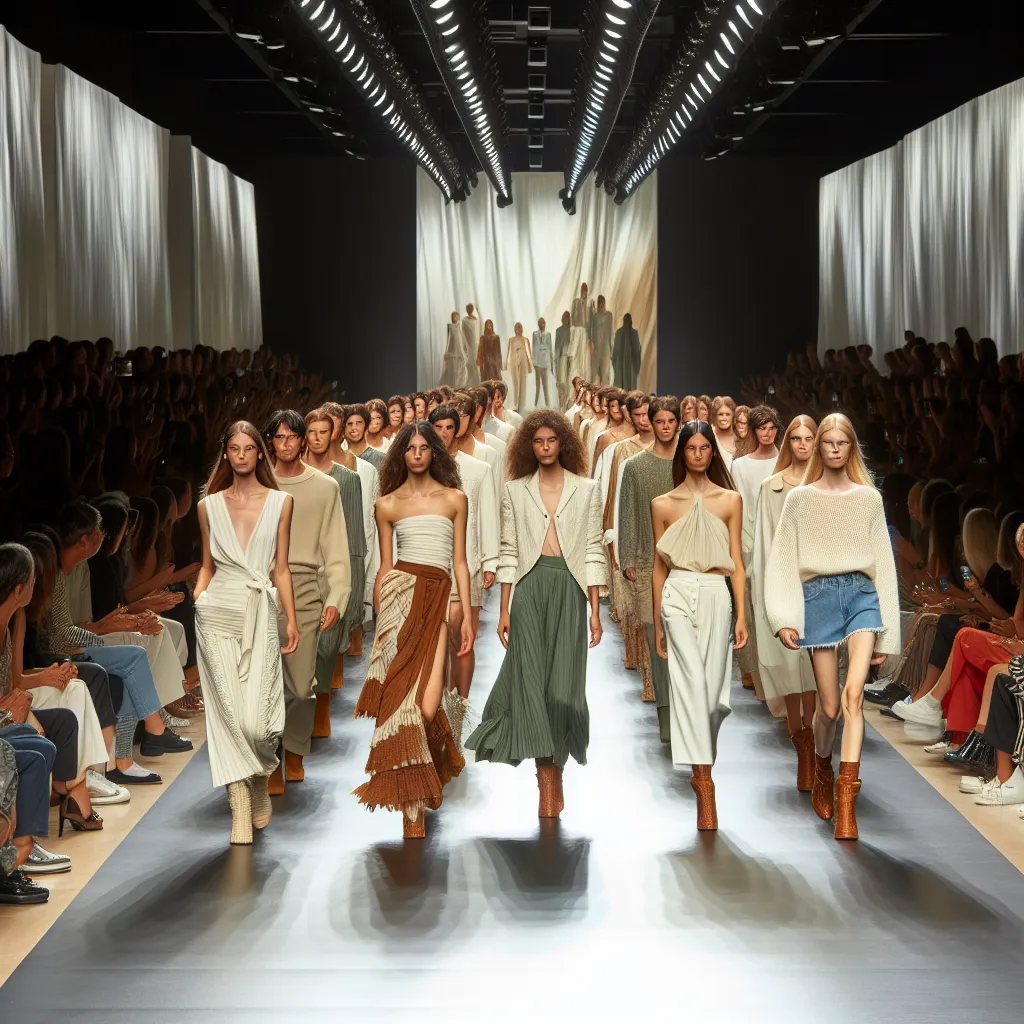The History of Streetwear
Streetwear has been an influential force in shaping contemporary fashion trends, with its roots deeply embedded in the cultural and social movements of the past. The history of streetwear can be traced back to the 1970s and 1980s, originating from the urban landscapes of New York and Los Angeles. It was a product of the diverse influences from skateboarding, hip-hop, punk rock, and surf culture, which converged to form a unique and gritty aesthetic.
In the early stages, streetwear was primarily a form of self-expression for the youth in urban areas, characterized by its casual and comfortable style. Brands like Stussy, Supreme, and A Bathing Ape emerged as pioneers in the streetwear scene, challenging the traditional norms of high fashion with their emphasis on authenticity and individuality.
During the 1990s, streetwear gained further prominence as celebrities and hip-hop artists embraced the style, propelling it into the mainstream. This era saw the rise of iconic streetwear pieces such as graphic tees, baggy jeans, and sneakers, which became synonymous with the culture.
As the 21st century unfolded, streetwear continued to evolve, blending high fashion elements with its urban roots. Luxury brands like Gucci, Louis Vuitton, and Off-White began collaborating with streetwear labels, blurring the lines between couture and casual wear. The rise of social media further propelled the influence of streetwear, creating a global platform for enthusiasts to showcase their personal style and fueling the demand for limited edition releases.
Today, streetwear remains a driving force in shaping contemporary fashion, continuously redefining the boundaries between luxury and urban culture. Its rich history continues to inspire designers and creators, illustrating the enduring impact of streetwear on the ever-changing landscape of fashion.
Streetwear’s Impact on High Fashion
In recent years, streetwear has exerted a significant influence on contemporary fashion trends, particularly in its impact on high fashion. Once considered a subculture style rooted in skateboard and hip-hop movements, streetwear has now permeated and revolutionized the fashion industry at large. The fusion of streetwear and high fashion has given rise to a new wave of bold, urban-inspired designs that have redefined traditional notions of luxury and exclusivity.
Notably, streetwear’s influence on high fashion can be observed through the collaborative efforts of luxury brands with streetwear labels. This cross-pollination has blurred the lines between the two seemingly distinct worlds, leading to a convergence of styles that seamlessly blend high-end craftsmanship with the edgy, non-conformist attitude of streetwear. Iconic logos, graphic designs, and urban aesthetics have become prominent features in the collections of renowned fashion houses, reflecting the enduring impact of streetwear on high fashion.
The rise of “hypebeast” culture, characterized by a fervent desire for limited edition streetwear collaborations, has propelled streetwear’s influence to even greater heights within high fashion circles. The phenomenon of streetwear’s democratization of fashion has led luxury brands to embrace elements of streetwear in their designs, catering to a new generation of consumers who prioritize authenticity and urban sensibilities.
In conclusion, the influence of streetwear on contemporary fashion trends, particularly its impact on high fashion, is undeniable. What was once considered an underground movement has now permeated the upper echelons of the fashion industry, reshaping the landscape of luxury fashion and reflecting a cultural shift towards a more inclusive, urban-inspired aesthetic.
The Evolution of Streetwear in Modern Culture
Streetwear has undeniably become a dominant force in shaping contemporary fashion trends, with its roots tracing back to the hip-hop and skateboarding subcultures. The evolution of streetwear in modern culture is a testament to its enduring influence and relevance. What started as a grassroots movement has now permeated high fashion and luxury brands, blurring the lines between sartorial categories.
Streetwear’s journey from the streets to the runways represents a seismic shift in the fashion industry. Its embrace of casual comfort, bold graphics, and an ethos of individuality has challenged conventional notions of style, prompting established labels to take note and incorporate streetwear elements into their collections. The democratization of fashion through streetwear has empowered individuals to express their identities authentically, unbound by traditional sartorial constraints.
This cultural phenomenon has not only redefined fashion but has also transcended clothing to encompass a lifestyle and attitude. As streetwear continues to evolve, its impact resonates across various spheres of popular culture, including art, music, and social media. The rise of streetwear-centric influencers and collaborations further demonstrates its far-reaching influence in shaping modern cultural narratives.
In conclusion, the evolution of streetwear in modern culture has propelled it from an underground movement to a pervasive and transformative force in the fashion landscape. Its seamless integration of comfort, self-expression, and urban aesthetics has redefined the way we approach style, reflecting a shift towards a more inclusive and diverse fashion ethos.
Streetwear: Bridging the Gap Between Fashion and Street Style
Streetwear has emerged as a significant influence on contemporary fashion trends, effectively bridging the gap between high-end fashion and casual street style. With its roots in urban culture, streetwear has evolved from a niche subculture to a mainstream fashion phenomenon, impacting the way people dress and influencing designer collections around the world. The fusion of sportswear, skate culture, and hip-hop influences has created a dynamic and diverse aesthetic that resonates with a wide audience.
The rise of streetwear can be attributed to its ability to capture the energy and attitude of the streets, translating it into wearable and aspirational fashion. Brands such as Supreme, Off-White, and A Bathing Ape have propelled streetwear into the forefront of the fashion industry, collaborating with luxury labels and redefining the concept of urban style. The democratization of fashion through streetwear has challenged traditional notions of luxury, as hoodies, sneakers, and graphic tees have become coveted items in high-fashion circles.
Moreover, the influence of streetwear can be seen in the blurring of lines between formal and casual attire, as oversized silhouettes, graphic motifs, and unconventional styling continue to permeate runways and street style alike. The symbiotic relationship between streetwear and high fashion has resulted in a symbiotic exchange of ideas and perspectives, with each influencing and inspiring the other.
In conclusion, streetwear has become a significant force in shaping contemporary fashion trends, acting as a bridge between the worlds of high-end fashion and street style. Its ability to capture the essence of urban culture and translate it into desirable fashion has propelled streetwear to the forefront of the industry, redefining the boundaries of what is considered fashionable and aspirational.



